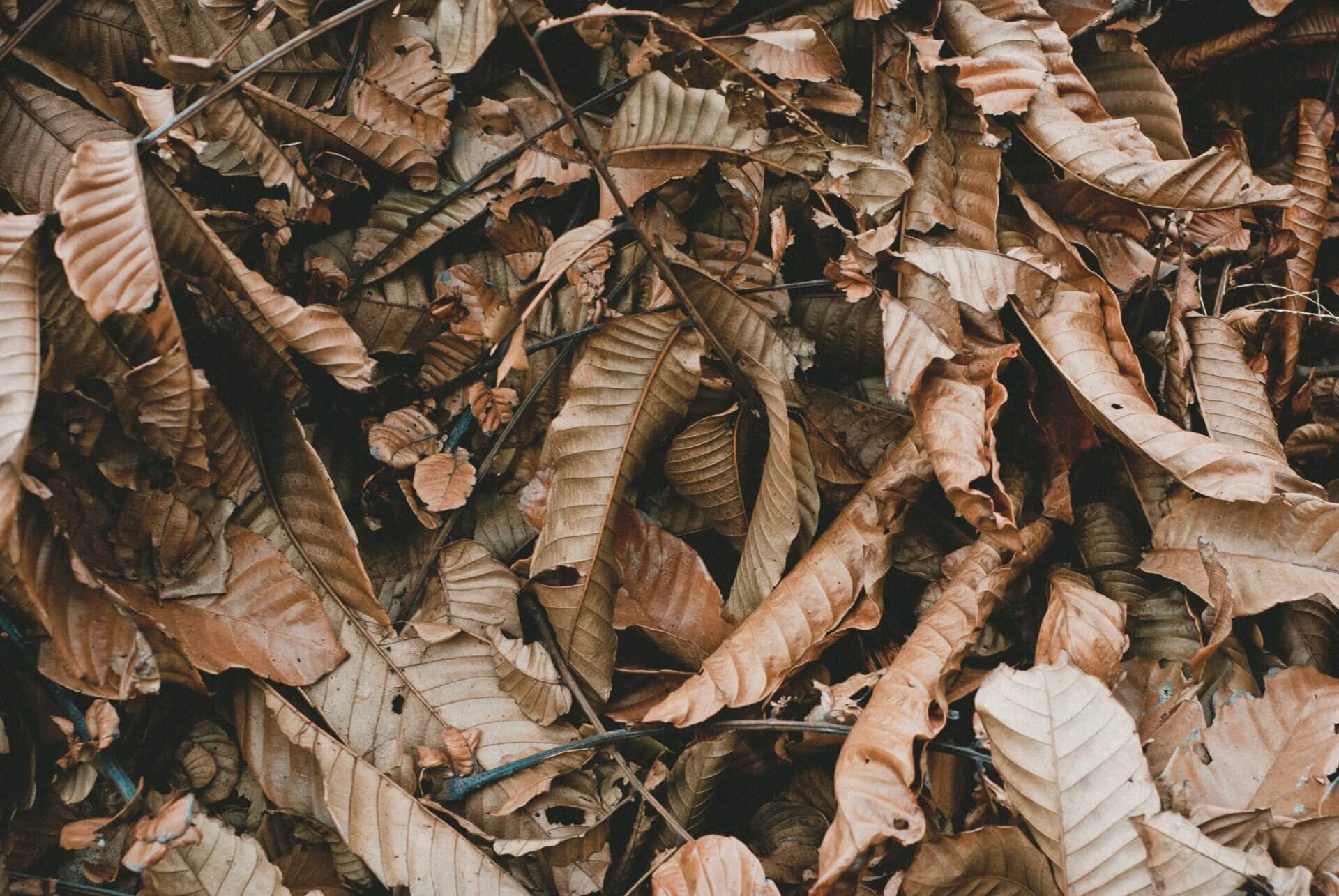Have you ever wished you could banish weeds from your garden? Reduce or eliminate fertilizers? Manage pests naturally? Cut back on your water consumption?
Well, you can do all that and more in one easy step! Introducing: Mulch
Mulch is a gardener’s best friend. It’s your superpower. It’s the unsung hero. It’s the force behind the scenes.
^ An example of a forest floor covered in a natural mulch of fallen leaves, pine needles, and bark/wood
What is mulch?
Put very simply, mulch is any material that is spread on the earth for the benefit of the soil. Specifically, we’re talking about natural mulches, which are biodegradable. Natural mulches are things like leaf litter, grass clippings, shredded bark, untreated wood chips & sawdust, straw, seaweed, and undyed paper & cardboard.
In this blog post, we’ve compiled a list of the benefits of mulching. Seriously, there are so many benefits to mulching that it’s usually more work NOT to! No need for more preamble, let’s get right into it:
^ Straw is a very common mulch. Ever wondered how strawberries got their name? It’s from always being grown on a bed of straw!
-
8. Mulching manages moisture in the soil
A layer of mulch protects the soil from direct sun exposure. This slows moisture evaporation from the soil, keeping water where you want it. Mulch also helps to prevent flooding or runoff in periods of heavy rainfall. The layer of mulch catches water, giving it more time to permeate into the soil instead of pooling or running off.
-
7. Mulching eliminates weeding
A thick enough layer of mulch prevents weeds in 2 ways. Firstly, if the mulch is thick enough, weed seeds in the soil will not be able to germinate and push through the mulch. Secondly, weed seeds carried in by the wind, animals, contaminated tools, etc cannot land in the soil, which drastically reduces their ability to germinate.
^ Fallen leaves are just about as easy as it gets. Let Mother Nature do her thing. Leave the leaves in your garden beds for the winter
-
6. Mulching nourishes your soil
Natural mulches are broken down by soil-dwelling organisms and incorporated into the soil as nutrients. This cycle of growth and decay is what keeps the soil fertile and able to support plant growth.
-
5. Mulching promotes healthy soil structure
Healthy soil is made up of a matrix of silt, clay, sand, and organic matter. The organic matter gets “used up” by soil-swelling organisms and natural mulches add organic matter back into the soil. Without organic matter, beneficial populations of fungi, bacteria, and insects will drop, important tunneling animals like earthworms and moles will migrate into healthier areas, and the soil’s matrix breaks down and becomes compacted.
^ In this example of a natural ecosystem, there is a lot of organic matter on the ground. That is exactly what the soil needs to break down and maintain its structure. As a gardener, it’s your job to incorporate organic matter back into your soil
-
4. Mulching attracts beneficial insects (and controls pests)
The best way to manage pests in the garden is to have predators. Natural mulches provide a habitat for all sorts of beneficial predatory insects such as ladybugs, hoverflies, and spiders. In addition to the danger of being eaten by a predator lurking in the mulch, the uneven surface makes it physically challenging for some pests to get to your crops.
-
3. Mulching manages soil temperature
A good layer of mulch in the garden will slow temperature fluctuations in the soil, protecting your crops from some of the stress associated with heat waves and cold snaps throughout the season. Early in the season, using dark-colored mulch can help warm the soil sooner in spring. And late in the season, mulch can help trap heat in the soil to extend the growing season.
^ Shredded bark is a great mulch but it breaks down more slowly than other natural mulches. If you need to get organic matter into your soil sooner rather than later, it’s best to avoid bark for the first few years.
-
2. Mulch can provide frost protection
In addition to trapping heat in the soil, mulch can be heaped up around crops to protect them when frost is expected. This can be a lot easier and faster than other frost protection methods since the mulch is already right there in the garden.
-
1. Mulch is visually appealing
Mother Nature mulches. Each fall, she covers the ground in fallen leaves to protect and enrich it. Bare soil is usually unhealthy and a sign of damage. Think of bare soil like an open wound. Mulch is the protection it needs. A garden bed with a rich layer of mulch looks healthy and appealing. It’s just right.
***
There are so many other benefits to mulching but we’ll stop there for now! We hope you’re excited to try it out and we can’t wait for you to start seeing all the positive effects it will have in your garden! Please tag us in your photos on Facebook and Instagram (@OSCSeeds); we LOVE to see what you are growing 🙂
Don’t hesitate to email our in-house garden team at [email protected] with any questions that might come up along the way.
Stay in touch!
Subscribe to our monthly newsletter!
Stay up-to-date on all our news by following us on Facebook and Instagram!






